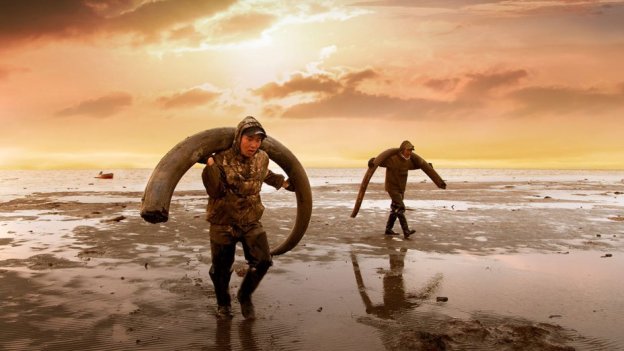If you think your job sucks, trying being an environmental protection official in China.
In some industrial centres, the smog is so thick you practically need a knife to cut through it. A spork at least. Serious harm is being done to the environment, not to mention to people’s health, but that’s not the main concern of an environmental protection officer. I mean, I’m sure that’s in the official job description, but unofficially, though very seriously, the officer’s job is to make sure their region’s numbers are not among the worst in the country. Beijing keeps a very careful watch on each city’s pollution levels, pitting each regional environmental protection office against the others, and the price of failure is shame. Which, in China at least, is a pretty steep price.
Director Meng Han hangs out with us in Langfang, one of China’s most polluted cities. The officials are fighting an uphill battle, an upmountain battle really, with both hands tied behind their backs, and no shoes, and walking pneumonia. Because the environmental protection office must somehow reduce their numbers significantly without being allowed to touch any of the biggest polluters. Instead, the officials play cat and mouse with small time operations run out of people’s driveways and carports. Their emissions are negligible compared to large industries pumping out noxious fumes and degrading the land and sulllying the water, but this is the only kind of change the regional offices are actually allowed to pursue.
Meng Han’s documentary is really a Trojan horse; on the outside it looks like it’s about environmental protection, but once you crack its shell, you’ll find it’s really a commentary on the futility of the job, the hypocrisy of bureaucracy, and the sham lip service our governments pay to our faces about concern for the environment while always valuing profit and efficiency over everything else.
Given these restrictions, these laughable micro targets, our fight against climate change is destined to be a losing one.
This and other titles are screening as part of the Planet In Focus Film Festival – check out their lineup and buy your tickets (and watch at home!) here.




